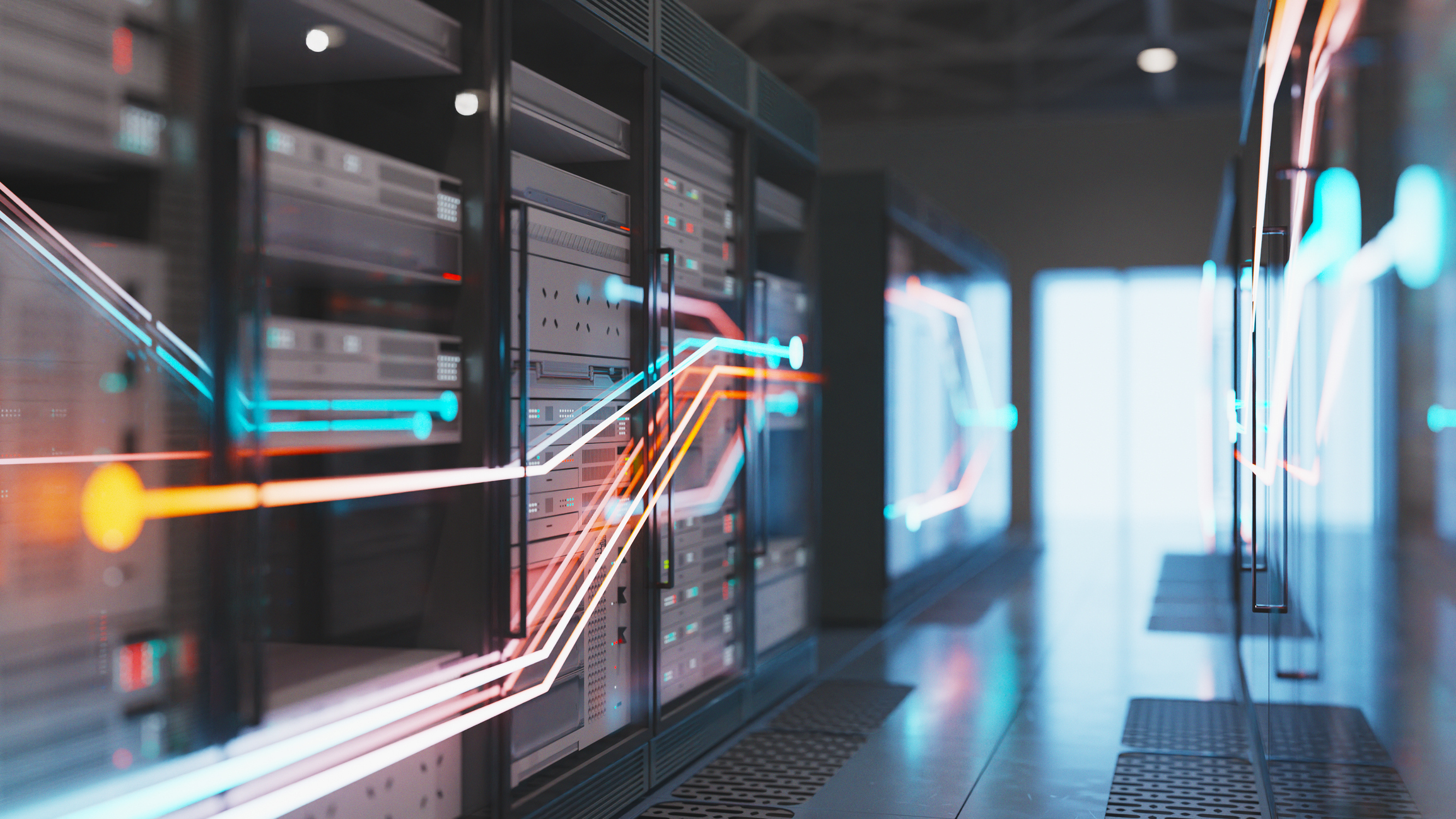Cybersecurity Threats to Watch in 2025 and How to Stay Protected

In a world that's becoming increasingly digital, cybersecurity threats are evolving just as fast as the technology we rely on. 2025 is shaping up to be a pivotal year in cybersecurity—new attack vectors, more sophisticated scams, and insider risks are all on the rise. Whether you're an individual, small business, or a global enterprise, staying ahead of these threats is critical.
So, what are the biggest cybersecurity threats looming in 2025, and how can you protect yourself and your organization? Let's break it down.
1. Ransomware: More Ruthless and Automated than Ever
If you thought ransomware was bad in previous years, buckle up. Cybercriminals are now using AI-driven ransomware that automatically seeks out and encrypts high-value data. Ransomware-as-a-Service (RaaS) platforms are booming, making it easier for non-technical criminals to launch devastating attacks.
What makes ransomware worse in 2025?
- Double extortion tactics: Not only do hackers encrypt your files, but they also steal sensitive data and threaten to leak it unless paid.
- Supply chain attacks: Hackers target third-party vendors, impacting everyone connected to them.
- Targeting critical infrastructure: Hospitals, utilities, and government agencies are prime targets.
How to stay protected:
- Back up data regularly and store backups offline.
- Patch vulnerabilities quickly—don't let outdated software be your weak link.
- Use endpoint detection and response (EDR) tools that can spot and isolate ransomware before it spreads.
- Employee training to avoid phishing and suspicious downloads.
2. Phishing & Deepfake Phishing: The New Frontier of Scams
Phishing remains one of the most successful attack methods because it's cheap and effective. But now, deepfake phishing is taking deception to a new level. AI-generated voices and videos are being used to impersonate CEOs, managers, and trusted contacts to manipulate employees into giving up credentials or transferring funds.
What’s new in phishing in 2025?
- Deepfake videos and voice calls that are almost indistinguishable from real people.
- Business Email Compromise (BEC) attacks using AI-written emails tailored to specific victims.
- Smishing and vishing—phishing via SMS and phone calls—becoming more sophisticated.
How to stay protected:
- Zero Trust Security Models: Trust nothing; verify everything.
- Multi-Factor Authentication (MFA) on all critical systems—this is non-negotiable.
- AI-powered email filters to catch suspicious messages before they reach users.
- Ongoing phishing awareness training—yes, people still fall for it, and training works.
3. Insider Threats: The Risk Within
Not all threats come from outside. Insider attacks—whether intentional or accidental—are one of the fastest-growing risks in 2025. With more employees working remotely and sensitive data accessible from anywhere, monitoring internal behavior is a must.
Types of insider threats:
- Disgruntled employees stealing or destroying data.
- Negligent insiders who accidentally expose data (e.g., clicking on phishing links, misconfiguring systems).
- Compromised insiders—employees whose accounts are taken over by attackers.
How to stay protected:
- User behavior analytics (UBA) to monitor for unusual actions (e.g., large file downloads at odd hours).
- Role-based access control (RBAC) to limit data access to only what’s necessary.
- Strong offboarding processes to immediately revoke access for departing employees.
- Regular audits of user access and permissions.
4. AI-Powered Cyberattacks: The Rise of Autonomous Hacking
AI isn’t just helping defenders; attackers are leveraging AI to automate attacks, identify vulnerabilities, and bypass traditional security measures. AI tools can scan networks, write malicious code, and even mimic human behavior to avoid detection.
Examples of AI-driven threats:
- Autonomous bots that search for weak points 24/7.
- AI-generated social engineering campaigns tailored to specific targets.
- AI-driven malware that adapts in real time to evade detection.
How to stay protected:
- AI-powered defense tools—fight AI with AI.
- Anomaly detection systems that identify patterns humans would miss.
- Red team exercises using AI-driven attack simulations to find weaknesses before hackers do.
5. Cloud Security Risks: Data in Motion, Data at Risk
As companies move more data and operations to the cloud, cloud-specific attacks are on the rise. Misconfigured storage buckets, poor identity management, and insecure APIs are open invitations for hackers.
Cloud-specific threats to watch:
- Data breaches via misconfigured settings.
- Account hijacking using stolen credentials.
- Insecure APIs that allow unauthorized access.
How to stay protected:
- Cloud security posture management (CSPM) tools to monitor configurations.
- Strict identity and access management (IAM) policies.
- Encryption of data at rest and in transit.
- Regular security reviews of cloud environments.
6. Supply Chain Attacks: Hacking You Through Others
In 2025, supply chain attacks are becoming a hacker favorite. Why hack one company when you can breach a trusted third party and gain access to hundreds? These attacks exploit software updates, managed service providers (MSPs), and contractors.
Examples of supply chain risks:
- Compromised software updates (remember SolarWinds?).
- Vulnerable third-party vendors with weak security.
- Hardware-based attacks that embed malware in devices before delivery.
How to stay protected:
- Vet all third-party partners—insist on high security standards.
- Zero trust for third-party connections.
- Software Bill of Materials (SBOM) to track all components in your software stack.
- Monitor for suspicious vendor behavior.
Proactive Security Measures for 2025 and Beyond
Being reactive is no longer enough. Proactive cybersecurity is the key to survival in 2025. Here's how to build resilience:
- Incident Response Plan (IRP): Have a tested, written plan for when—not if—an attack happens.
- Continuous security training for all employees, from interns to executives.
- Invest in AI-driven defenses to match evolving threats.
- Regular penetration testing and red-teaming exercises.
- Cyber insurance—yes, it can help offset financial fallout, but don't rely on it alone.
Final Thoughts
The cyber threats of 2025 are smarter, faster, and more relentless. But with awareness, vigilance, and the right tools, you don't have to be an easy target.
Remember: Cybersecurity isn't just an IT problem—it's a business survival issue. Stay proactive, stay educated, and stay protected.
If you’d like to learn more about optimizing your organizations cybersecurity measures, let’s chat.





